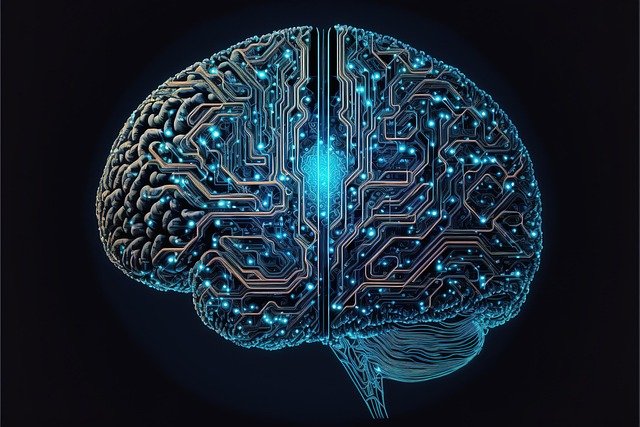Every time a person learns to control a bionic limb, their brain is doing something remarkable. It’s not just moving muscles or responding to wires. It’s rewiring itself. This change is what we call neuroplasticity—the brain’s ability to adapt and build new connections after an injury or major life change.
But neuroplasticity doesn’t happen the same way for everyone. Some patients adapt quickly. Others take longer. A few may struggle to find that connection at all.
So what makes the difference?
In this guide, we’ll look closely at when and how neuroplasticity works best—especially in patients using bionic limbs. You’ll learn what conditions help the brain rewire faster, how to guide patients through the process, and how to create the right environment for long-term success.
This article isn’t just about the science. It’s about turning that science into action—for better prosthetic outcomes, deeper patient trust, and stronger rehabilitation journeys.
Let’s begin by understanding what neuroplasticity really means in the context of bionic use.
What Neuroplasticity Really Means for Bionic Users
The Brain Remembers More Than the Body
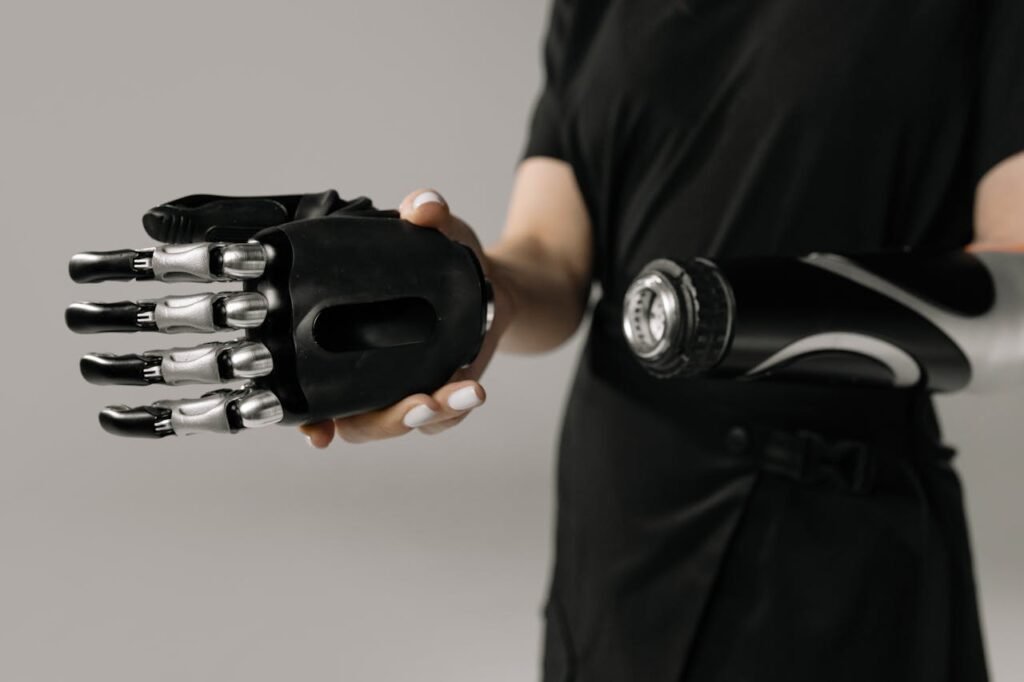
When a limb is lost, the brain doesn’t simply forget it. The area in the brain that once managed that limb—the motor cortex—stays active. It continues sending signals, waiting for something to respond.
This is why many patients experience phantom sensations. It’s the brain’s way of holding onto a part of the body that’s no longer there.
This ongoing activity is both a challenge and an opportunity. The challenge is that these signals often go nowhere, causing frustration or even pain. The opportunity is that the brain is still open to learning. It hasn’t shut down that part of its map.
This openness is the window where neuroplasticity works best.
The First Few Weeks Are Powerful
Neuroscience shows us that the brain is most adaptable soon after a major change—like amputation or trauma. This period is often called the critical window. During this time, the brain is searching for new patterns. It’s paying more attention. It’s more responsive.
For bionic users, this is the ideal time to begin gentle training. Even small movements, mirror therapy, or visualisation can help the brain redirect its focus toward the prosthetic.
This doesn’t mean recovery can’t happen later—it can. But when you catch the brain while it’s still searching for a new normal, it learns faster. It builds connections more easily. And it may avoid the hardwiring of pain or non-use.
Movement Feeds the Brain
One of the most overlooked parts of brain plasticity is how much it depends on movement. The brain doesn’t rewire by thinking alone—it needs action.
Every time a patient tries to close a prosthetic hand or grip a cup, their brain is firing signals. If the action is repeated, and the result feels useful or satisfying, the brain strengthens that pathway.
But if movement is avoided—either due to fear, discomfort, or lack of training—the brain quiets down. The connection fades.
This is why early, guided movement is key. It doesn’t have to be perfect. It just has to be real. Movement, even awkward movement, gives the brain something to build on.
The Importance of Feedback
The brain relies on feedback to know it’s doing something right. With natural limbs, this feedback comes from nerves, skin, and muscles.
With prosthetics, especially older ones, that feedback often disappears. The brain sends a signal, but gets no response. This can be deeply frustrating. And over time, it teaches the brain not to try.
Modern bionics, like Grippy™, solve this by reintroducing feedback through pressure sensors or vibrations. Even a light buzz when a user grips something tells the brain, “Yes, this worked.”
The more often this loop happens, the faster the brain rewires. This is the foundation of successful adaptation.
When Neuroplasticity Works Best: Timing, Emotion, and Intention
When the Brain Feels Safe, It Learns Faster
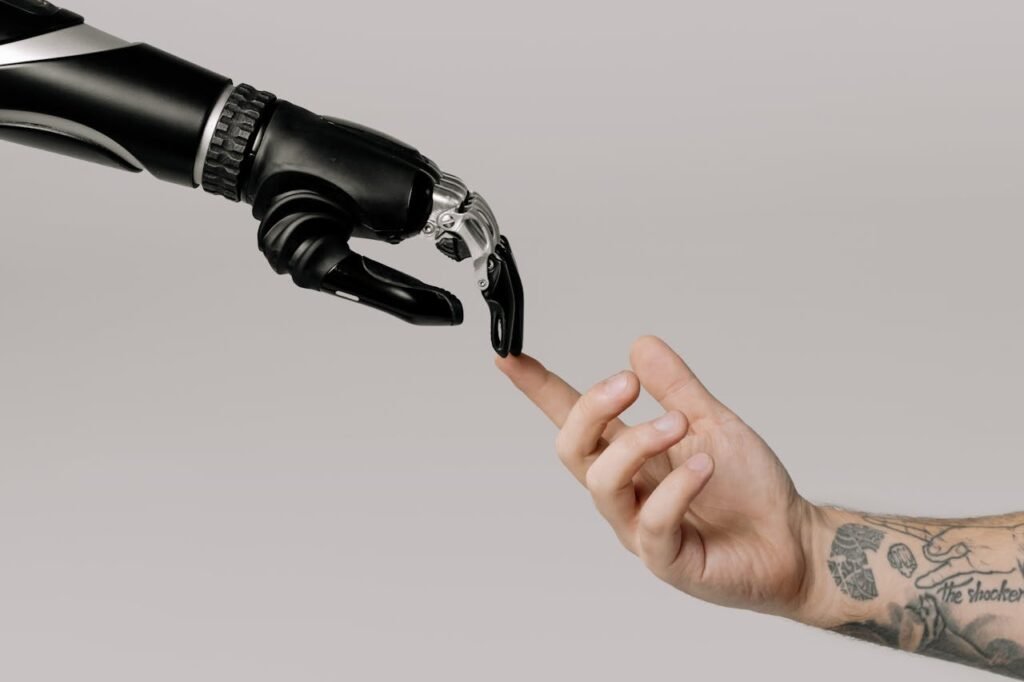
Safety plays a bigger role in brain learning than we often realize. If a patient is scared, anxious, or overwhelmed, the brain shifts into protection mode. It becomes less open to forming new connections and more focused on surviving the moment.
In contrast, when someone feels safe, supported, and calm, the brain is more plastic. It pays attention. It becomes curious.
This is why your environment matters. A quiet, welcoming rehab space. A clinician who listens without rushing. A clear explanation of what to expect. These small choices help the brain relax—and a relaxed brain learns better.
It’s not just emotional safety either. Physical comfort is key. A prosthetic that fits poorly or causes irritation will make the brain associate the device with discomfort. That blocks learning.
Your goal is to create a setting where the patient’s brain can say: “This is okay. I want to try again.”
Repetition With Emotion Makes the Brain Remember
Repetition alone can train the brain, but it’s even more powerful when tied to emotion.
If a patient picks up a ball for the 50th time, the brain might barely register it. But if they use their bionic hand to hold their child’s hand for the first time, it creates a memory. That emotional connection lights up more areas of the brain. It tells the brain, “This matters. Keep this.”
This is where intention plays a role. Instead of repeating drills for the sake of practice, anchor exercises in meaningful tasks. Let your patient brush their hair, open a familiar jar, or water a plant. These are real-life actions that feel valuable.
The more meaningful the task, the deeper the brain encodes it.
Early Success Builds Long-Term Motivation
When a patient sees early progress—even if it’s small—the brain takes notice. That sense of achievement releases dopamine, which is the brain’s reward signal. It makes the person want to repeat the action again.
Clinically, this means your first few sessions with a bionic user are crucial. Start with tasks that are easy enough to succeed at, but just challenging enough to feel earned.
Celebrate those first wins. Call them out clearly: “You picked that up. You held it. That’s your brain learning already.”
This doesn’t just lift confidence. It actually strengthens the brain pathways involved. The more success a patient feels, the more their brain invests in building control.
And the more the brain invests, the stronger the connection becomes between user and device.
Identity Shifts Reinforce Brain Learning
Finally, the most powerful condition for plasticity is belief.
When a person stops seeing the prosthetic as an external object and starts seeing it as part of them, something profound happens in the brain. It updates its map. It reclaims that space. It says, “This belongs to me.”
This shift doesn’t come from mechanics—it comes from meaning. From stories. From the moment when a patient says, “This helps me do what I love again.”
As a clinician, your job is to help build that bridge. Every time you treat the prosthetic as a new part of the body—not a tool—you’re reinforcing that identity. You’re giving the brain a reason to make it permanent.
Adapting to Individual Brain States
Not All Brains Are Ready at the Same Time
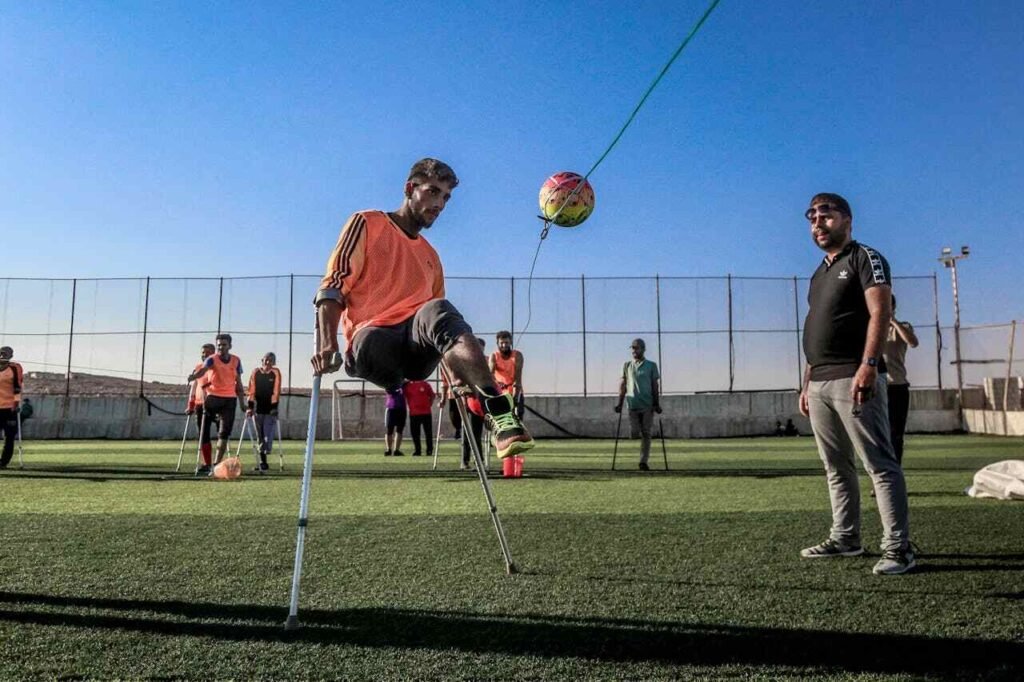
One of the most important lessons in neuroplasticity is that every brain responds differently to change.
Some patients come into the clinic eager, focused, and emotionally open. Others may still be in shock, grieving, or feeling disconnected from their body. This internal state plays a huge role in how well and how quickly the brain begins to adapt to a prosthetic.
If a brain is overwhelmed or stuck in survival mode, it will resist new learning. That’s not failure—it’s simply a sign that more preparation is needed before diving into physical training.
This is why the first conversations matter so much. You’re not just introducing a device. You’re preparing the brain to receive it. Before you ask a patient to move or practice, ask how they feel. Ask what they’re worried about. Ask what they miss doing most.
These questions help calm the brain and bring attention to the present—both key ingredients for plasticity.
Gentle Brain Priming Before Movement Begins
If you sense that a patient isn’t quite ready to engage physically, don’t rush it. There’s immense value in brain priming—simple, low-pressure activities that gently prepare the mind for body connection.
This could be something as small as asking the patient to imagine their hand moving. You could guide them with a sentence like, “Picture your fingers opening slowly, like you’re holding a cup of tea.” Even if their limb is gone, this mental practice activates motor areas in the brain.
You can also use mirror therapy during this stage. Let the patient watch their intact hand in a mirror while imagining the missing hand doing the same. This creates a visual illusion that the brain can start to work with.
These exercises may seem small, but they are not passive. The brain responds. It starts building pathways. And once those early circuits are warmed up, movement becomes easier to guide.
Match Exercises to Mental Energy
Every patient has different energy levels, not just in their body but in their attention. A fatigued brain doesn’t learn well. A frustrated mind can shut down even a motivated body.
To get the best results, align each exercise to the patient’s current mental state.
If they’re alert and curious, you can push for more active control—gripping soft objects, rotating the wrist, practicing coordinated actions.
If they’re tired or emotionally low, choose slower, more mindful actions—like simply donning the prosthetic, resting with it, or tapping different textures.
This kind of adaptive rehab keeps the brain engaged at its own pace. And when the brain feels understood, it stays open to learning.
Consistency Builds More Than Strength
Neuroplasticity is often talked about in terms of repetition. But it’s not just the number of repetitions that matters—it’s the consistency over time.
Think of it like planting seeds. You don’t need to water the plant 100 times in one day. You just need to do it every day, a little at a time.
This is why home routines are just as important as clinic visits. Encourage your patients to use their prosthetic for short, regular tasks at home. That might mean holding a spoon during meals or putting on a shirt one-handed.
These tasks don’t have to be perfect. They just need to be repeated.
Give your patient a calendar. Mark the days they used their prosthetic. Let them see the pattern forming. That visual proof of progress helps the brain feel in control, and that feeling boosts long-term learning.
Emotional Reframing Is Part of Brain Training
One powerful but often missed tactic in neuroplastic rehab is helping the patient reframe their story.
Some come in saying, “This hand feels fake,” or “I’ll never get used to this.” These beliefs are more than words—they shape brain chemistry. They influence how the brain responds to feedback and repetition.
As a clinician, you can’t force someone to change their mindset. But you can offer new language.
Instead of calling the prosthetic “your device,” call it “your new hand.” Instead of saying, “Try to use the tool,” say, “Let’s teach your brain to trust this again.”
Over time, these words shape identity. And when identity shifts, the brain shifts too. It starts to build pathways that support the new self-image.
This doesn’t mean ignoring hard emotions. Let the patient express their frustration. But always bring the conversation back to growth. Remind them: their brain is learning—even when it feels slow.
Track Brain Wins, Not Just Hand Wins
Most rehab programs focus on what the prosthetic can do. Can it grip? Can it hold? Can it move?
But if we only track physical performance, we miss the bigger picture.
The brain is doing a tremendous amount of invisible work—building new circuits, testing new patterns, suppressing old habits. If we don’t acknowledge that, the patient may think nothing is changing.
So track brain wins too.
Ask your patient if phantom pain is decreasing. Ask if they feel more aware of their limb during the day. Ask if tasks are becoming less frustrating, even if not yet successful.
These are signs the brain is rewiring.
Write them down. Celebrate them. Share them in follow-up sessions. When the patient sees that progress is happening—even inside—they are more likely to stay engaged outside.
Creating the Right Conditions for Brain Change
When Support Systems Are in Place, the Brain Feels Safe to Grow
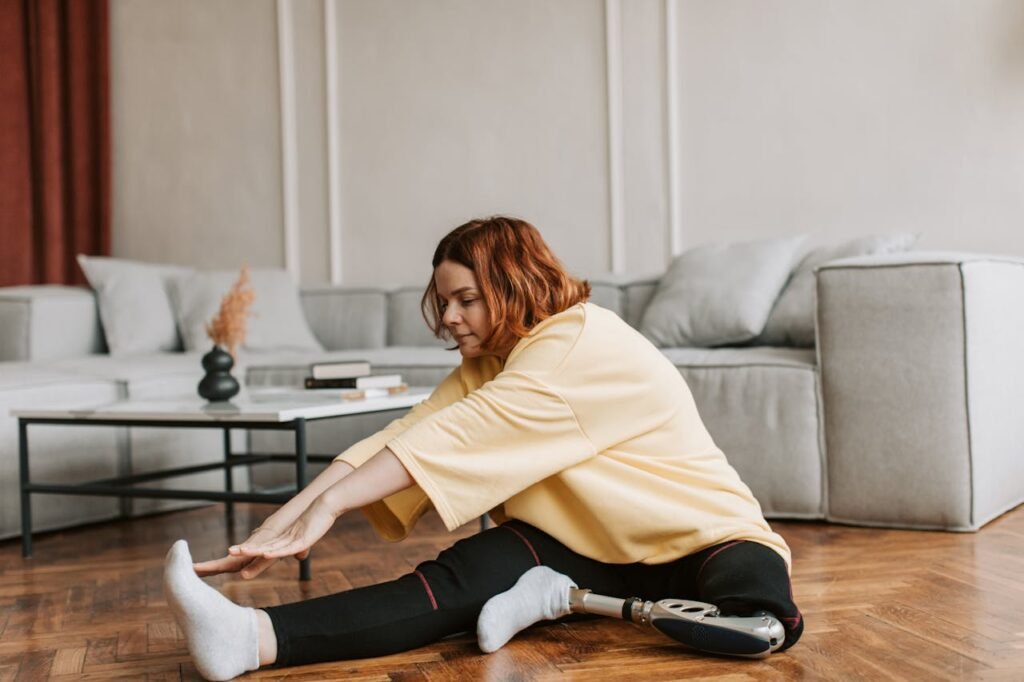
Neuroplasticity isn’t just about what happens in the brain—it’s about what surrounds the brain. The environment a patient is in shapes their emotional readiness, motivation, and daily practice.
That’s why family, caregivers, and peer support are not optional extras. They are essential inputs to the brain’s healing system.
When someone close to the patient encourages practice, celebrates small wins, or simply sits beside them during training, the brain feels safe. It receives emotional input that says, “You’re not alone.” That sense of connection lowers stress and increases receptiveness to change.
Encourage your patients to invite a loved one into the rehab process. Ask a caregiver to watch a session and learn a few techniques. Even having someone record the patient’s first successful grasp can become a memory the brain attaches value to.
That emotional link turns effort into meaning—and meaning accelerates brain learning.
When the Tools Match the Task, Confidence Grows
One common reason patients struggle with neuroplastic adaptation is mismatch between the device and their daily life.
If the prosthetic is too complex, too heavy, or doesn’t align with what the patient actually needs to do, the brain will resist forming lasting patterns.
This is why it’s vital to match the bionic hand’s design and features with the person’s lifestyle, goals, and emotional readiness.
At Robobionics, we design prosthetics like Grippy™ to be lightweight and intuitive—so the learning curve isn’t overwhelming. But the real value comes from understanding the person first.
Before introducing complex motions, help the user master a few simple, high-impact gestures. Can they hold a phone? Can they steady a cup? These movements, though small, offer a big return in confidence.
Confidence sends the brain a clear message: “This works. Keep going.” And the more often that message is received, the faster the rewiring happens.
When the Brain Feels Purpose, It Builds Better Patterns
Finally, one of the most overlooked conditions for effective neuroplasticity is purpose.
People don’t just want to move—they want to do something that matters. That’s when the brain really starts to engage.
If a patient is told to practice gripping for ten minutes a day, they might do it half-heartedly. But if you tell them, “Let’s practice this so you can button your shirt again,” everything changes.
Now the action has purpose. The brain links the task with freedom. It starts to see the prosthetic as a pathway to identity, not just function.
That purpose triggers stronger memory, deeper attention, and more motivated learning. The brain is no longer just adapting—it’s investing.
Turning Science Into Success: Practical Guidance for Clinicians
Don’t Just Fit the Limb—Shape the Mindset
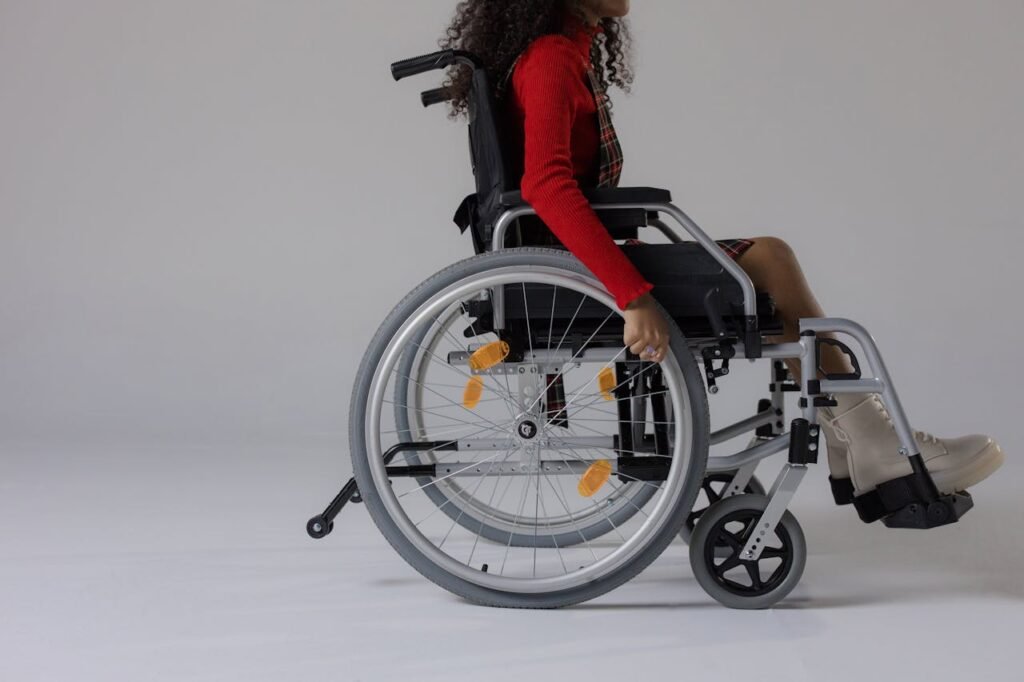
Too often, prosthetic fitting is treated as the end of the process. But for the brain, it’s just the beginning.
What matters most in those first few days isn’t just whether the prosthetic fits well or functions smoothly. It’s whether the patient believes it’s worth using.
That belief starts with you.
Help your patients build a mindset that supports brain learning. Talk about growth, not just goals. Normalize effort. Normalize frustration. And most importantly, normalize slow, steady wins.
When patients hear, “Your brain is learning. That’s why this feels strange now,” they understand their experience. They don’t feel broken—they feel human. That shift opens the door to progress.
Build a Routine That Reinforces Rewiring
Neuroplasticity isn’t magic. It’s repetition done right.
But that repetition must feel structured. It must feel purposeful. And it must be just hard enough to push the brain—but not so hard that it gives up.
Help your patients build routines that they can repeat at home. Include short, daily activities using the prosthetic in real life: holding a toothbrush, typing slowly, picking up coins. Give each task a name, a reason, and a rhythm.
And always link it back to the brain.
Say things like, “Every time you do this, your brain gets faster at it,” or “That movement used to take ten seconds—now it takes six. That’s your brain changing.”
Let the patient see their brain work. That vision drives consistency. And consistency makes new connections stick.
Keep the Door Open Long After the First Fit
In most cases, prosthetic rejection doesn’t happen overnight. It happens slowly, when the brain stops receiving reinforcement and when the user feels alone in their journey.
As a clinician, your job is not only to treat—it’s to follow up, check in, and invite the patient back into progress.
Build systems that track adaptation, not just device maintenance. Ask: Is the patient using the prosthetic daily? Are they feeling less pain? Are they reporting moments of ease?
Even a short phone call after a month can make a big difference. It tells the brain: “This still matters.”
And that reminder might be all the brain needs to keep adapting.
Robobionics: Helping the Brain Believe in the Prosthetic
Why Our Devices Are Built for Brain Learning
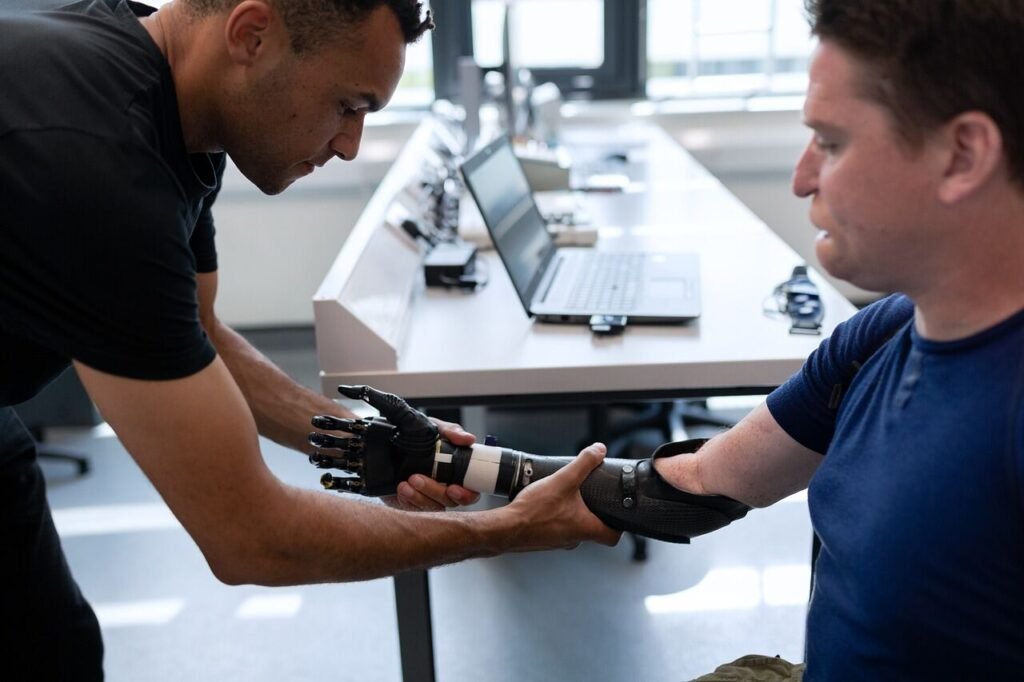
At Robobionics, we’ve always believed that the most powerful prosthetics don’t just move well—they speak the brain’s language.
That’s why Grippy™ is lightweight, myoelectric, and responsive to natural muscle signals. It’s designed to reduce frustration during early training and encourage early wins.
But we don’t stop at movement. Our Sense of Touch™ system gives users feedback through subtle pressure cues. When someone holds an object, they feel it. And that feedback gives the brain something to work with—something real.
This loop of action and response is what makes learning faster and acceptance stronger.
We’ve also created a Gamified Rehabilitation App, designed to make repetition engaging. Patients get to see their progress in real time, track achievements, and train their brain while having fun.
These aren’t gimmicks—they’re science-backed tools that keep neuroplasticity alive.
We Work With Clinicians, Not Around Them
Your knowledge, your relationships, and your care model are central to the success of every device we create. That’s why we actively partner with clinics across India to support fittings, training, and ongoing patient engagement.
We’re not here to replace your expertise—we’re here to extend it.
Our demos, on-site training, and follow-up support ensure that your patients don’t just get a prosthetic—they get a full system for brain-based success.
If you’d like to schedule a demo, see the Grippy™ in action, or speak to our clinical team about integration, you can do that here:
https://www.robobionics.in/bookdemo
We’d be honored to work with you.
Final Thoughts: When the Brain Believes, Everything Changes
Neuroplasticity is not just a medical term. It’s hope in action. It’s the reason someone who has lost a hand can learn to paint again, cook again, drive again—even hug someone they love again.
But for that hope to take root, the brain needs the right conditions. It needs safety, structure, repetition, feedback, and above all—belief.
As a clinician, you are the architect of those conditions. Every word you speak, every exercise you assign, and every win you celebrate becomes part of the patient’s story.
And when that story is filled with small victories, deep meaning, and emotional support, the brain listens. It changes. It adapts.
That’s when the prosthetic stops being foreign—and starts becoming home.
Thank you for being part of that journey. One brain, one hand, one transformation at a time.



